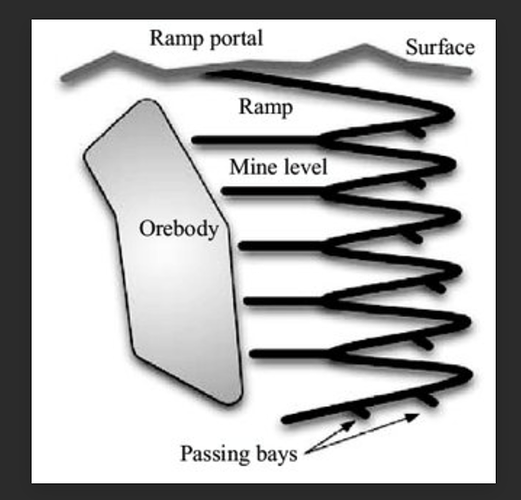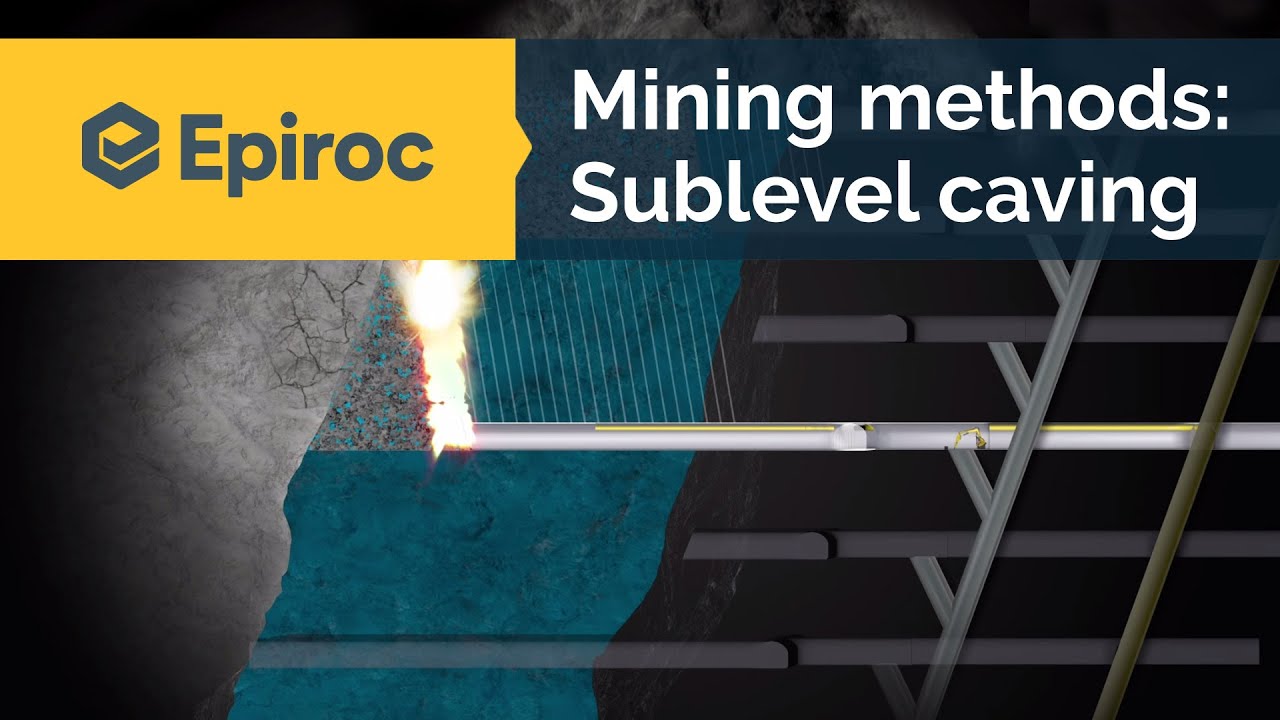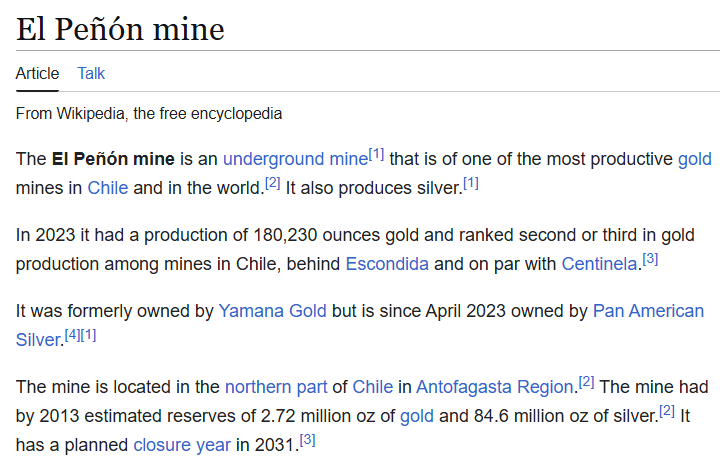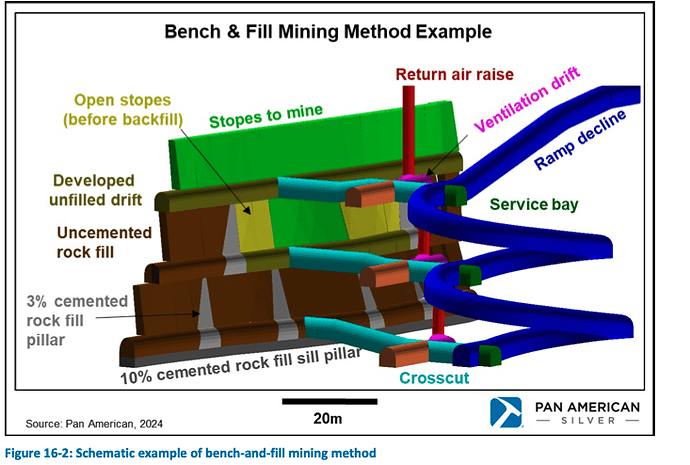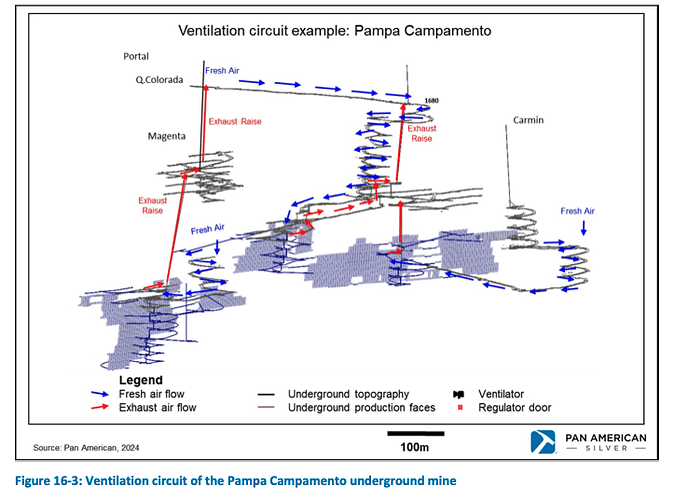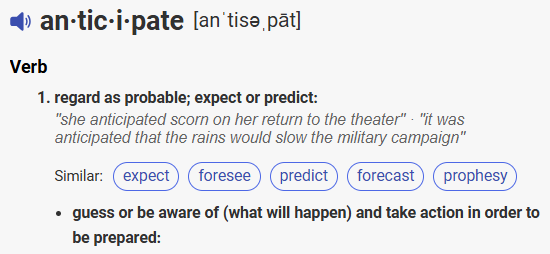Hi MrB,
I don’t follow the Auryn “X/twitter” feed very much, but I just noticed that the key part of the froth flotation plant, the ball mill and gyratory/cone crusher, arrived in Santiago, from Lima-based COMESA, on April 17 and was delivered to the ADL plateau on or about 4/24 or about 9 weeks ago. Maurizio has missed a couple of deadlines over the years, and I have a feeling his projected timeframe had a little bit of “under promise and over deliver” built into it.
On “X” there also was a picture of Auryn’s “Leadership Team” on-site inspecting the civil engineering prep job prior to the official start of “construction”. It was dated April 10, 2025. The other parts of the FF plant include the “cells” and “columns” and a bunch of other goodies that may or may not be on-site as we speak.
The ball mill is 6 feet wide and 8 feet long. The average “particle size” for FF plants is somewhere around 75 microns, which is less than a grain of sand. The engineers will tinker with the particle size that leads to the maximum recovery rate for the FF plant. I suppose that the 20,000 tonnes of stockpiled ore could be run through the ball mill prior to the FF plant being fully commissioned, but I don’t know that to be a fact. Both the ball mill and the FF plant will have a nameplate “throughput” rating. The original throughput rating for the FF plant was to be 100 tonnes per day but then Auryn ordered some other “individual cells” and/or “columns” that might increase that to a higher level.
People should realize that at the current price of gold, Auryn could make a great deal of money at a 100 tonnes per day “throughput” rate, but this “throughput” rate is miniscule compared to where it might be down the road. At this stage, the goal is to make some serious money while getting the FF plant “dialed in”. Then later you add on more “cells” and “columns” in a “bolt on” fashion. The engineers will have built in plenty of room for adding on capacity for later on. A “gravity circuit”, mainly for the oxides, will also probably be added on in due time.
The good thing about just going into production is knowing that the initial production rates are PREDICTABLY going to be ramped up quite a bit. In mining, it’s referred to as generating a “dynamic growth profile”. As production ensues, the “cost of capital” drops a bunch, so you don’t want to build a gigantic expensive ore processing facility right from the get-go, especially if you have to sell shares to fund it. The FREE CASH FLOW generated right from the beginning will allow Auryn to ramp up production at a certain rate. Since the price of gold is so high, I’m going to guess that Maurizio and Ashmore/Stacon are going to move heaven and earth to RAPIDLY ramp up production. Recall how Dr. Mischo from Germany predicted a robust ramp up period once the FF plant is “dialed in”.
Since Ashmore/Stracon is acting both as the financier and the “mine operator”, they’ll have a front row seat on operations. Ashmore manages $65 billion in investments in the “emerging markets”. They need to find high-grade projects that can generate a significant “return on equity” for them. Auryn is about to have LEVERAGE up the cazoo and they might need capital to maximize that LEVERAGE and capture the “leverage beta”. “MECHANIZATION LEVERAGE” is a very powerful phenomenon. Adding one “jumbo drill rig” could increase the mining rate of Auryn’s miners a significant percentage, but it never made financial sense, up until now, to go out and buy one.
For the young “junior producers”, once the free cash flow starts flowing, all kinds of things tend to occur in a relatively short time span. The analogy you hear is that the junior explorers/developers are all trying to gain traction while essentially operating in quicksand. Once one goes into high-grade production, especially if the POG is high, it’s as if somebody reached into the quicksand pit and pulled them out and placed them onto the German autobahn.
This is a very PREDICTABLE phenomenon which is why on the “LASSONDE CURVE” the sweet spot for an investment is right as the about to become “junior producer” enters into the “construction phase” of their project. You don’t start construction until you have certainty you can complete construction. When things like ball mills and gyratory/cone crushers start arriving on-site, and the work camp has been recently completed, then you can have a pretty high certainty level that things are about to start.
Almost all mines have an FF circuit to process the “sulfides” which are famous for being “refractory” or in need of special techniques, like froth flotation, to harvest the gold. The “oxides”, that exist closer to the surface, are often initially processed via “gravity” methodologies.
The “oxides” tend to be easier to process but the “sulfides” tend to be much more numerous in a deposit and of much higher grade. So, there’s a trade-off. Rob Cinits of ACA Howe told me once, a long time ago, that the reason the vein grades at the ADL are so high is that there is a lot of a certain “sulfide” present known as “arsenopyrite”, which is known as nature’s “gold magnet”. Gold particles within hydrothermal fluids tend to make a beeline straight to any nearby arsenopyrite molecules.
In the DL2 Vein, the arsenopyrite/gold complexes tend to exist just inside the lateral boundaries of the vein on each side of the vein near the bordering wall rock. This area is known as the “selvage” of the vein and at the ADL Mining District there tends to be a lot of “sericite” (mica) in this area.
A lot of investors in this sector get hung up on the “number of ounces produced annually” metric. IMO, Auryn is going to be a very low-cost producer per ounce of gold produced. The metric you want to follow is “net profits” or free cash flow.
Think about it, if a miner produces 500,000 ounces per year at break-even costs, who cares? You want to multiply the number of ounces produced annually by the “marginal profit” per ounce produced. The “marginal profit” per ounce produced is going to be close to the price of gold minus the ALL IN SUSTAINING COST (AISC) to produce each of those ounces.
Where Auryn has a distinct “competitive economic advantage” is that they’re mining a “Vein Set” of pretty much “homogenous” veins. They don’t need to fully drill out those veins in order to get an idea of what is likely to be contained therein. The work of the artisanal miners as well as the exhaustive surface trenching program that Auryn executed in 2016, told management what they needed to know.
A major miner operating an open pit (non-vein deposit) that produces let’s say 500,000 ounces per year, pretty much has to take a big chunk of the annual profits and undertake an extremely expensive diamond drill program IN ORDER TO BLOCK OUT ANOTHER 500,000 OUNCES TO REPLACE THAT WHICH IT JUST MINED. These are referred to as “SUSTAINING CAPITAL EXPENDITURES” and they are one of the ten or so subdivisions of ALL IN SUSTAINING COSTS. Open pits aren’t “homogenous” and you can’t assume anything. Institutional investors will insist that the majors annually replace the ounces they just mined. They want to keep the pipeline full.
Auryn doesn’t have to play that game. At the ADL Mining District, there are adits and prior workings all over the place within those veins where the geoscientists can go in and simply sample the adit walls. This provides 10-times the information that a drill hole can. “HOMOGENEITY” represents INEXPENSIVE PREDICTABILITY.
